Slingshot Hunting Secrets For Beginners
The good old reliable slingshot.
It’s gone by many names in its day: “bean shooter”, “flip”, “Kattie”, “ging” “wrist rocket” and “hand-catapult” to name a few.
In modern times, the handheld slingshot has become associated with mischief and youth vandalism.
But this stealthy projectile-flinger has an extremely wide variety of useful survival applications.
This weapon depends upon strong elastic materials to operate and so it was invented around the same time as vulcanized rubber – which puts the sling in the slingshot.
That makes this tool about 172 years old, but the basic concepts behind the slingshot are actually thousands of years old.
The “Sling” was one of the most widely used projectile weapons used for both hunting and combat since the Stone Age.
Slings were mentioned by homer in The Illiad and Troy, used by the Romans, and of course, were the weapon David used to defeat Goliath in the Valley of Elah.
A slingshot is virtually the same thing – just more accurate and simpler to use.
A slingshot makes for a perfect do-it-yourself survival tool, but there are also many advanced modern models available for purchase today.
Are You Ready For The Tough Times Ahead? Take My 60 Sec Quiz To See If You’re Part Of ‘The Fragile Masses’ Or Not… Start Quiz Now!
Map of States With and Without Slingshot Hunting Regulations
I always think it’s better to be safe than ticketed, or worse, arrested for some kind of slingshot tomfoolery. Your state’s Natural Resources and Game Warden’s office should be able to answer all of your questions.

Slingshots Are Great For Stealth
8 Benefits Of Using A Slingshot For Survival
- One of the most silent weapons available = is total stealth.
- Hunting with a slingshot is challenging and will increase your stalking skills as a hunter overall.
- Finding ammunition is both easy and abundant.
- Few parts, and low maintenance.
- Easier to carry in crowded urban areas, concealable, packable, and transportable.
- It doesn’t attract nearly as much attention as a firearm.
- Legal for open carry (in most states).
- Only a fraction of the cost compared to other hunting and target tools.
As A Way To Introduce You To Skilled Survival, We’re Giving Away Our Ultimate Survival Gear Checklist. Click Here To Get Your FREE Copy Of It.
How To Make Your Own Slingshot
For those who are more interested in crafting their own handmade custom hunting slingshot, the following is a quick How-To describing what you need, and how to best create a slingshot on your own.
Homemade Slingshot with Household Materials
Resources:
- TIME
- “Y” shaped branch w/ a minimum 30-degree fork.
- ¼” latex surgical tubing.
- Leather strips.
- Dental floss or similarly fine string
- 4 small pieces of plywood (optional)
- 2, 40-watt light bulbs (optional)
Tools:
- Saw
- Knife
- Awl (optional)
Finding a Fork
Dogwood, Hickory, and Oak are the best types of wood for the job. Buckhorn also makes some nice “Y” shapes and has the required flexibility/rigidness.
Do not bother looking for a perfectly shaped “Y” frame. First of all, you will rarely find any in nature. And second, you want the main branch to be ~30 degrees bent and the protruding branch to be ~45 degrees bent.
Once you have found a fork similar to this, go ahead and cut it out. Then, let it dry for three weeks to one year.
Depending on how you intend to dry the frame, will affect how long you dry it for.
You can elect to build a drying box using the 4 pieces of plywood creating a box and one 40 watt bulb on each end to act as a heat source for drying. Or you can leave it on a shelf for a year.
Another method for drying is to set the “Y” frame next to a campfire for a day or two – once the wood stops hissing, the frame is dry.
Another method for drying is to set the “Y” frame next to a campfire for a day or two – once the wood stops hissing, the frame is dry.
But, if you do not want to wait (even a couple of days) use the more modern method and dry your frame in the microwave. Wrap it up in a towel to prevent burning and pop it in the hot box for about six 30-second bursts (or until the wood stops hissing).
Do not just throw it in there on high for 20 minutes though – that thing will definitely combust.
Make your own Slingshot
Notch the Fork
This step is pretty straightforward: use your knife to create a notch on each prong of your slingshot fork, these notches will hold the bands in place and prevent slippage.
There is a fine balance throughout this step because shallow notches will not hold the bands in place. And too-deep of notches and the bands will shear off your “Y” prongs when you add intense torque.
So be careful. It’s like haircuts – it’s better to shave away less initially than more. Test and then take a bit more as necessary until you get the perfect notch depth.
Selecting and Attaching the Forks
Here is the rub: rubber only lasts a few months before it needs replacing. So, every so often you are going to have to do some modest slingshot maintenance. That’s all right. Replacing the bands is easy, but we will get to that in a second.
Because slingshot hunting is not that popular of a hobby, if you go into a store and grab a bag full of replacement slingshot bands, chances are those have been sitting on the shelf in that very bag for several months at the very least.
So in almost every case, it is better to just go and make your own.
Nearly every hardware store in America will sell rubber tubing. Theraband gold is the slingshot industry standard. Make sure to replace your band when you start to see signs of rubber decay (cracking, splitting, or drying out).
To attach the bands, simply wrap one end of each pre-cut section of rubber around each fork of the “Y” frame. Fold the extra bit of length back over itself, and tie it off with a bit of wire or zip ties.
Creating A Slingshot Pouch
Cut a rectangle out of a leather strip, approximately 2 inches wide and 4 inches long. Then, cut the corners off and create an octagonal shape for the pouch.
Poke a hole at either end of the pouch and run the loose ends of your attached rubber strips through both holes. Wrap the excess bits of rubber around themselves and tie them off with dental floss or other string.
Fair warning: you may need to readjust the lengths of the rubber bands. Shorter bands give you more power but are more inclined to snap.
Find the middle ground that is perfect for you and stick with it.
How to Make a Survival Slingshot
Slingshot Ammunition
This is the most beneficial aspect of using a slingshot. Ammunition is almost everywhere.
Rocks and pebbles are not the most accurate projectiles because their odd shapes can divert their trajectory, and their sharp edges can cause damage to your leather pouch.
But they are plentiful and you can almost always count on finding one you can use if you run out of other, more accurate forms of ammunition.
The best ammunition for this type of weapon is steel or lead shot.
Lead has an excellent weight ratio, so it can fire further distances. Steel slingshot ammo (on the other hand) is lighter, but because it is magnetic, steel projectiles are far easier to recover after firing.
Even small arrows, nails, and darts are useable with a slingshot.
You can easily create an attachable shaft cradle that will allow arrows to line up the shot and fire a shafted object straight as an arrow.
See the video below on how this works.
Using the Slingshot to Hunt Bigger Game
 Hunting With A Slingshot
Hunting With A Slingshot
Before you take your slingshot out into the wild-to-hunt live game, there are some things you should know.
Primarily, you must become a sharpshooter with your slingshot.
How to shoot a slingshot, cut cards with amazing accuracy
The ammunition you will most likely use causes blunt force trauma rather than piercing injuries, so you must be able to hit your target in the head and you must be able to get close enough to administer lethal force.
If you fire a lead ball at a squirrel or small bird and hit it in the body, you will only cause internal bleeding and the animal’s meat will be ruined.
Which means you just killed a living creature in waste. That’s not cool.
So make sure that you are capable of hitting a target about the size of a golf ball (or smaller) at ~30 feet or further, repeatedly before you take to hunting live game. Just remember – Headshots only…
Because slingshots are not the most powerful hunting tools available, the game you will be looking for will not be large game. Rabbits, squirrels, quail, pheasant, dove, and other small birds or rodents are your best bet.
If you decide to attach an arrow or dart cradle to your slingshot, you will be able to hunt some medium-sized game – but once again, make sure you can shoot to kill.
It’s bad form to go around filling live animals with shallow arrows and letting them run off to suffer and/or bleed out.
Obviously, it is not ideal or easy to hunt with a slingshot. Guns, survival bows, longbows, and survival crossbows are all better options since they typically yield more effective results.
But slingshots are great in a pinch – if you are stranded or lost, or otherwise incapable of going to the grocery store, and have no other means for hunting, make a slingshot and go get ‘em.
If you are well-practiced, you will be much more prepared with a slingshot around.
But also, hunting with a slingshot makes you a better hunter overall:
- You must be able to sneak up on small unsuspecting prey, you have to be relatively much closer to the target before taking the shot.
- You have to be accurate with a notoriously inaccurate weapon.
If you can effectively hunt with a slingshot, you can probably hunt with anything.
The Final Word
Slingshots have a lot of survival purposes. They can be built to satisfy a DIY hankering, they can be used to practice target shooting, or for slingshot hunting and warfare. Hell, today modern militaries use slingshots to launch drones into the air.
I even once saw a fisherman using a slingshot to spread bait across the water surrounding his line…
This is all to say, a slingshot is what you make of it. When you pick one up, it is up to you how you use it and what you use it for.
These clever tools have many uses and are very simple to create and maintain. Everyone should have a survival slingshot, even if it rarely gets used.
Keeping one of these in a bug out bag, in a hiking backpack, or in the back of your car might prove to be more useful than you ever imagined. If you find yourself in a serious survival scenario, it may be the tool that saves your life.
Will Brendza
P.s. Are you ready for the tough times ahead?
Find out now by taking my short Readiness Score Quiz – it’s absolutely free.
Once complete, you’ll know exactly where you stand on the “fragile” vs.” resilient” spectrum.
So click here to start the Quiz….And don’t worry; the questions are so easy a 3rd grader could answer them.
Click on the image to begin the Quiz and find out once and for all if you’re part of “The Fragile Masses” or “The Resilient Few.”
The post Slingshot Hunting Secrets For Survival Success appeared first on Skilled Survival.


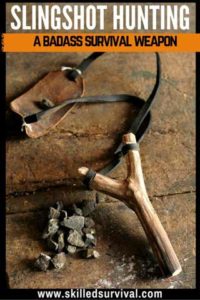
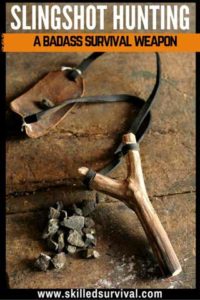
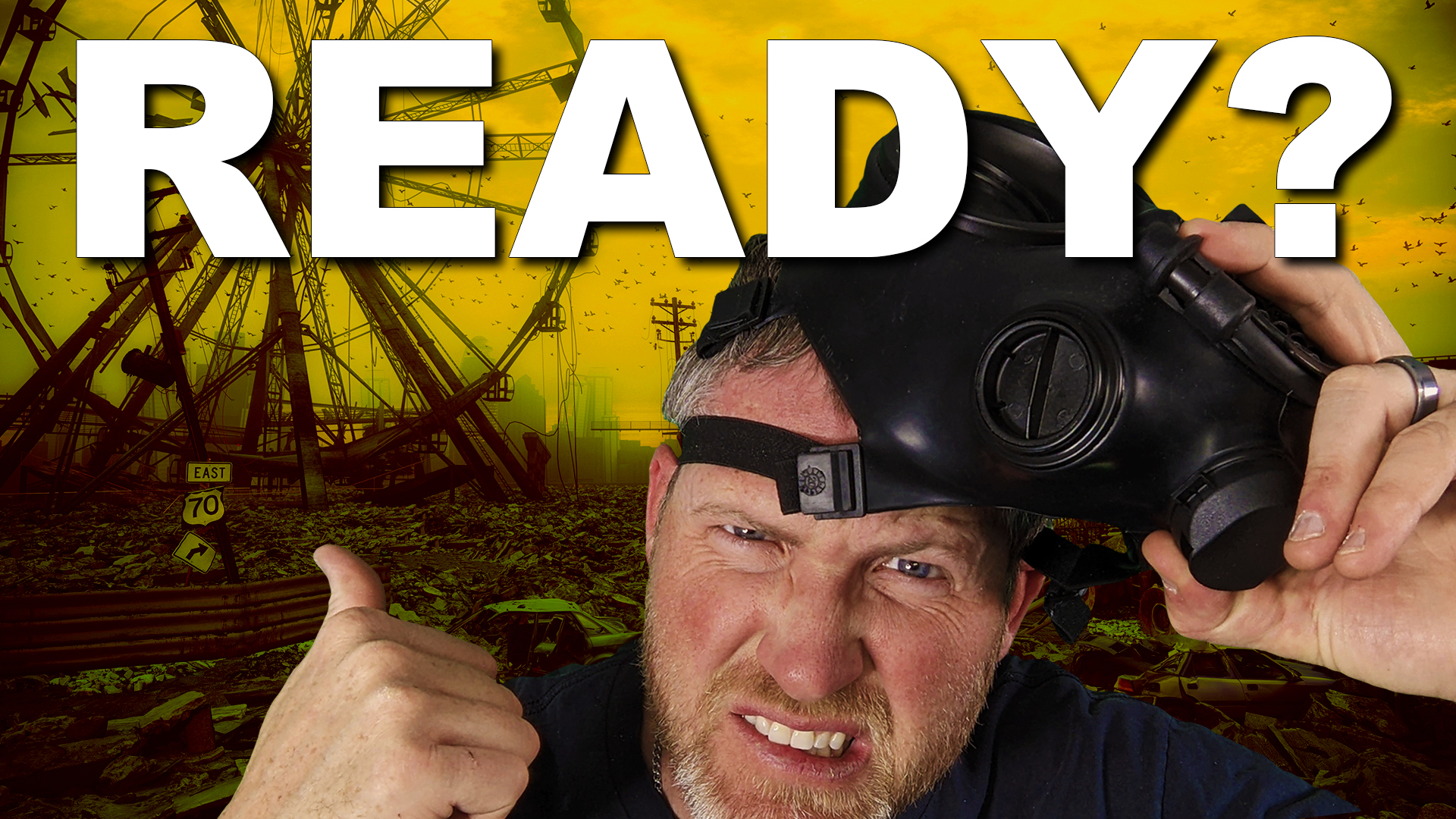
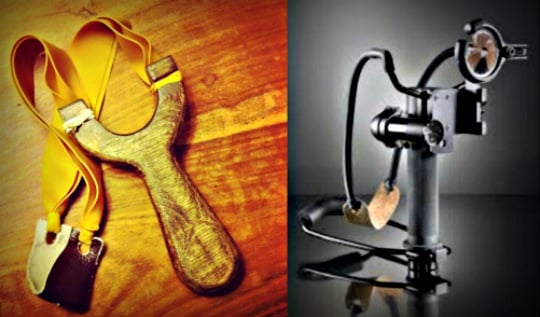
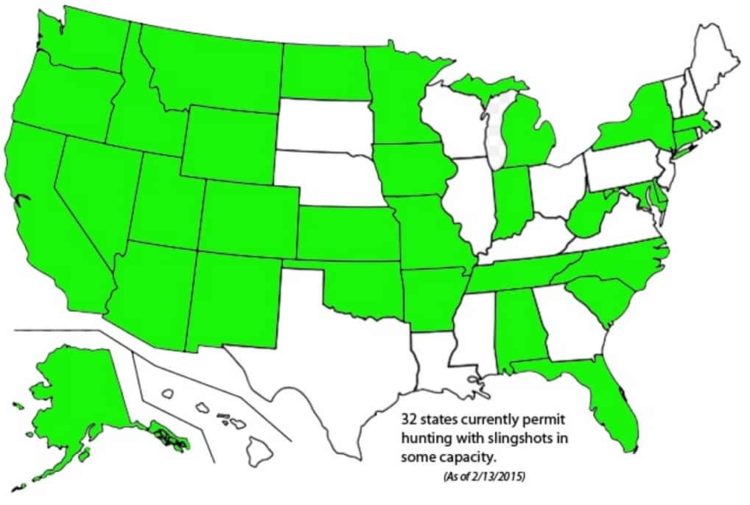
 Hunting With A Slingshot
Hunting With A Slingshot